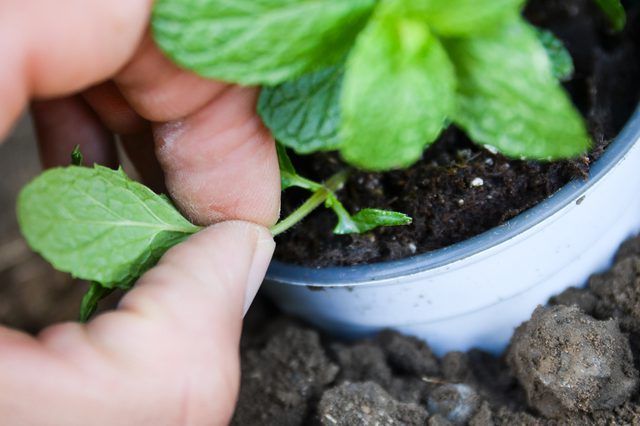Bulbs
Flower Basics
Flower Beds & Specialty Gardens
Flower Garden
Garden Furniture
Garden Gnomes
Garden Seeds
Garden Sheds
Garden Statues
Garden Tools & Supplies
Gardening Basics
Green & Organic
Groundcovers & Vines
Growing Annuals
Growing Basil
Growing Beans
Growing Berries
Growing Blueberries
Growing Cactus
Growing Corn
Growing Cotton
Growing Edibles
Growing Flowers
Growing Garlic
Growing Grapes
Growing Grass
Growing Herbs
Growing Jasmine
Growing Mint
Growing Mushrooms
Orchids
Growing Peanuts
Growing Perennials
Growing Plants
Growing Rosemary
Growing Roses
Growing Strawberries
Growing Sunflowers
Growing Thyme
Growing Tomatoes
Growing Tulips
Growing Vegetables
Herb Basics
Herb Garden
Indoor Growing
Landscaping Basics
Landscaping Patios
Landscaping Plants
Landscaping Shrubs
Landscaping Trees
Landscaping Walks & Pathways
Lawn Basics
Lawn Maintenance
Lawn Mowers
Lawn Ornaments
Lawn Planting
Lawn Tools
Outdoor Growing
Overall Landscape Planning
Pests, Weeds & Problems
Plant Basics
Rock Garden
Rose Garden
Shrubs
Soil
Specialty Gardens
Trees
Vegetable Garden
Yard Maintenance
How to Grow Your Own Catnip
How to Grow Your Own Catnip. Growing your own catnip (Nepeta cataria) keeps your feline companion content, and it doesn't require a green thumb or a lot of effort. It repels pests and disease alike, requires little water and fertilizer and grows well in both sunny and partly shaded gardens. Catnip, which grows in U.S. Department of Agriculture...
Growing your own catnip (Nepeta cataria) keeps your feline companion content, and it doesn't require a green thumb or a lot of effort. It repels pests and disease alike, requires little water and fertilizer and grows well in both sunny and partly shaded gardens. Catnip, which grows in U.S. Department of Agriculture plant hardiness zones 3 through 7, can be invasive, but with the right control in place, you and your cat can enjoy this herb together without letting it take over the garden.
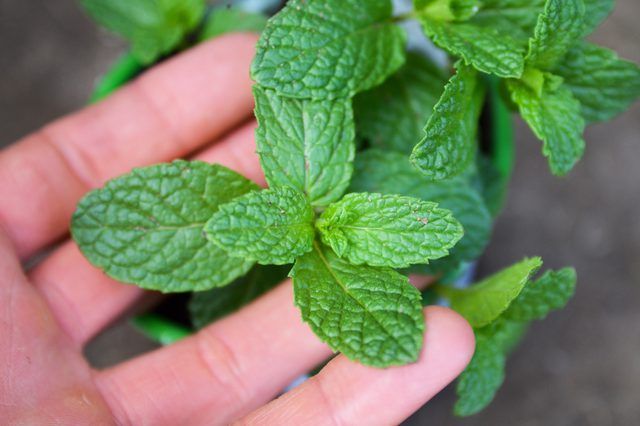
Catnip, like its close cousin mint (Mentha spp.), hardy in USDA zones 4 through 9, grows invasively. To keep it from choking out the rest of the garden, grow catnip in containers sunk in the ground. Leave 1 inch or more between the top of the pot and the soil line; if you see stems leaning over the side trying to touch the soil, cut them back. Each place a catnip stem touches the ground, it has the potential to put down roots. Keep the flowers picked before they go to seed; otherwise, you'll have catnip popping up all over the place.
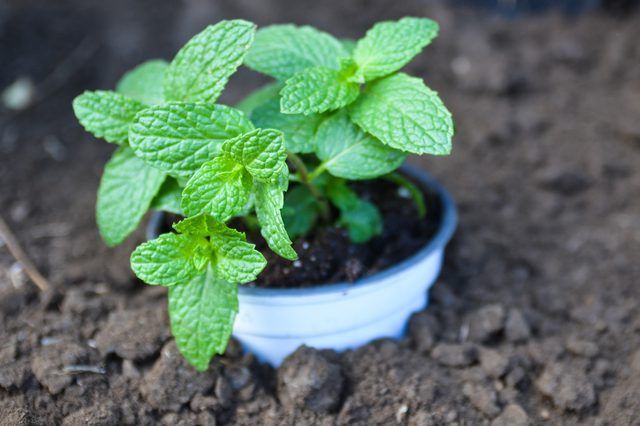
Space catnip plants 18 to 24 inches apart in a sunny to partly shaded garden bed. If you're not planting a large number of plants, consider planting in informal clumps rather than formal rows for a natural look. This self-sustaining plant tolerates dry, rocky soil and periods of drought. For lush, abundant growth, however, water catnip when the soil starts to dry out on top through the dry season.
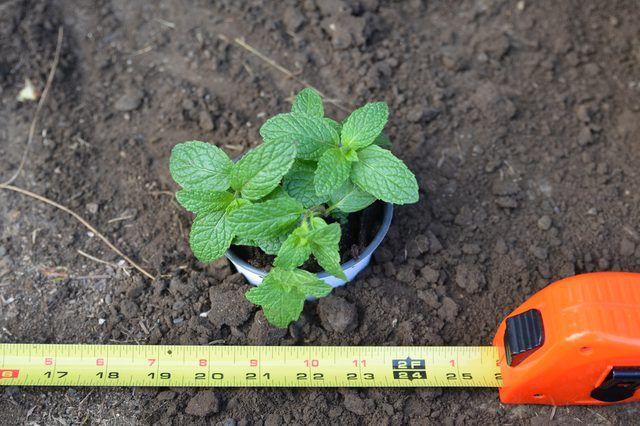
Catnip needs very little fertilizer to grow well, especially in already fertile garden beds. Fertilize using an organic, balanced 6-6-6 fertilizer and apply only 1 teaspoon to each plant. Apply the fertilizer once in the spring at the beginning of the growing season and again in midsummer.
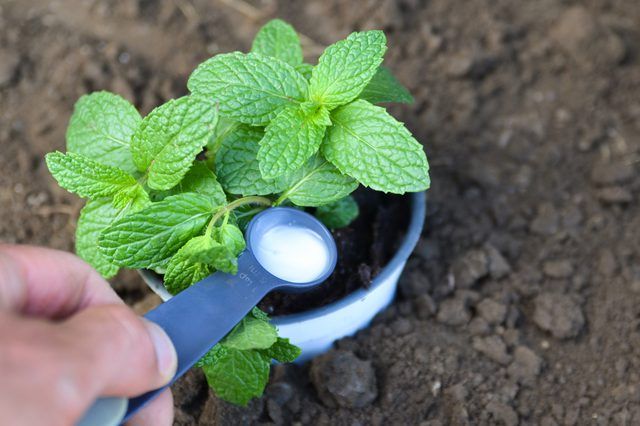
The strong scent of catnip leaves that drives cats crazy also drives away pests. Even disease problems are rare for this herb. In areas where deer browse, catnip is usually safe. Cats, however, can decimate a clump of vigorous catnip by rolling in it and nibbling the stems until it's flattened. If your own or a neighbor's cat is particularly enamored with this herb -- and that's not why you're growing it -- put a wire cage over the top to protect it.
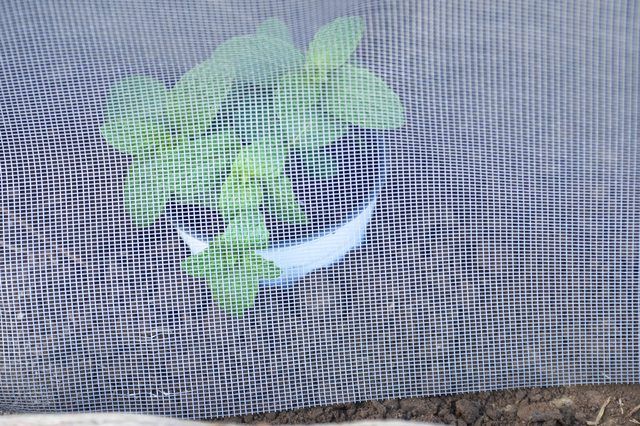
From spring through fall, pinch back new stems to keep the overall shape compact and bushy. Take one to two leaf sets off for a minimal reduction in size. For a more drastic reduction, you can pinch back the stalks until it is the size and shape you want. In the summer, when catnip starts blooming, pinch off the flowers to encourage more leaf production. You can harvest catnip stalks as you need them by cutting each branch near the soil line.
